George Church is pushing the boundaries of science!
Harvard biologist George Church wants to reverse aging, reanimate a mammoth, and build an entire human genome from scratch. What makes him tick?
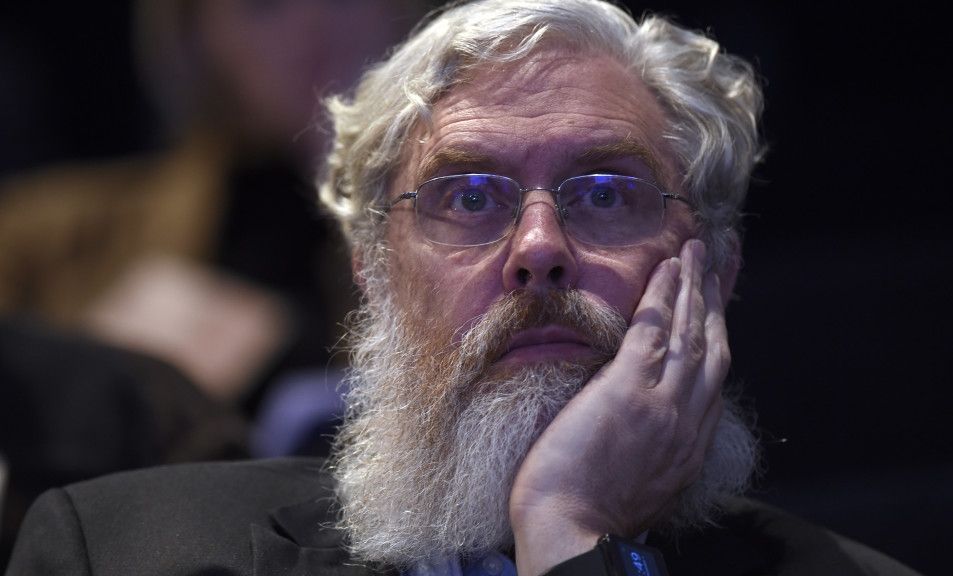
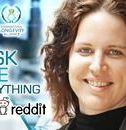
On Reddit Futurology today!
The Major Mouse Testing Program is an ambitious project of the International Longevity Alliance, featuring an international team of scientists and advocates testing therapies against aging decline. This experiment is is lead by world class stem cell researcher Dr Alexandra Stolzing and was inspired by our scientific advisor and colleague Dr Aubrey De Grey.
The Major Mouse Testing Program is seeking to speed up scientific progress in the field of regenerative medicine and bio-gerontology. After ILA experts conducted an analysis of delays preventing the development of life extension technologies, it was shown that a serious problem was the lack of robust animal data for the potential of different compounds to promote health and extend maximum lifespan. Without this data promising interventions cannot enter clinical trials and become available to the general public.
The MMTP is currently running a crowdfunding campaign at https://www.lifespan.io/campaigns/the-major-mouse-testing-program/
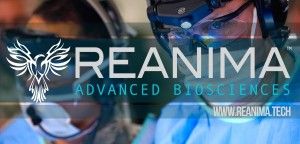
Fox 29 — Good Day Philadelphia
http://www.fox29.com/140735577-video
NBC TV 10
CNN en Espanol
http://cnnespanol.cnn.com/video/cnnee-encuentro-intvw-joel-osorio-bioquantina-muerte-cerebral/
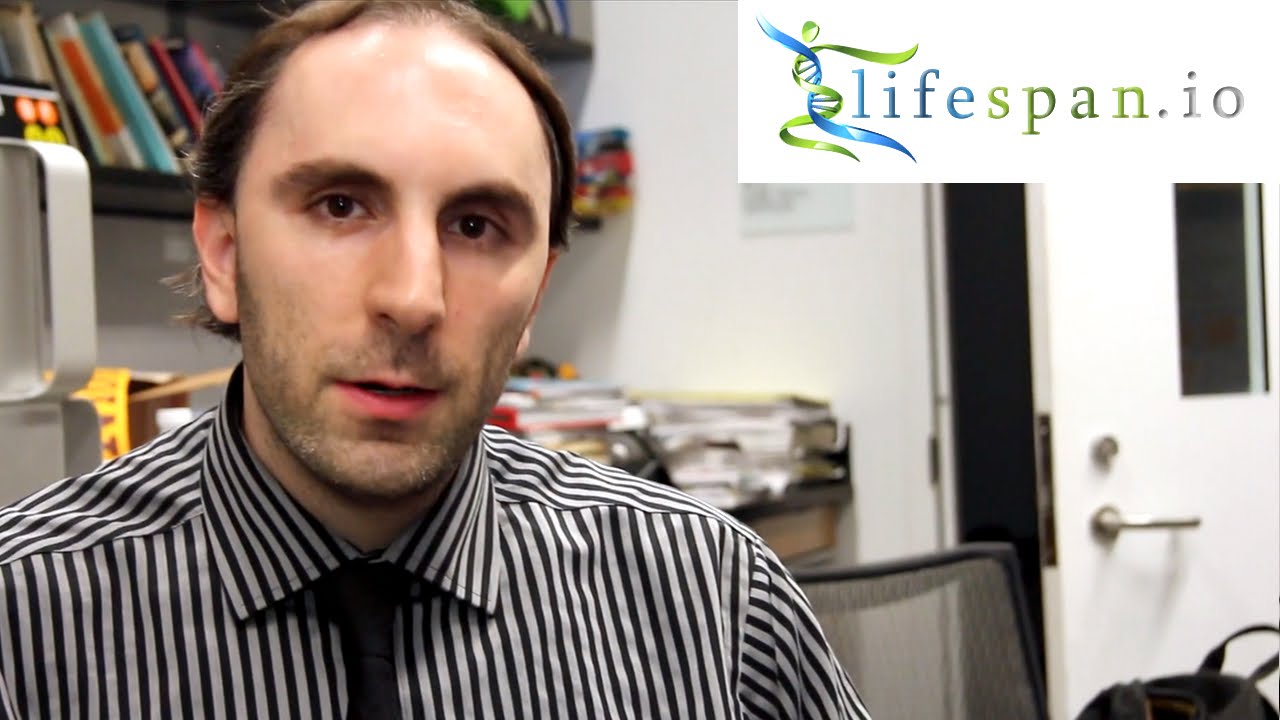
Check out LEAF President Keith Comito explain the origin of Lifespan.io and why crowdfunding research to extend healthy lifespan is both important and exciting.
Our current campaign is here: https://www.lifespan.io/campaigns/the-major-mouse-testing-program/ and there will be more to follow soon! Connect with us on social media and subcribe on YouTube to stay informed. #CrowdfundTheCure #LifespanIO
LEAF President Keith Comito explains the origin of Lifespan.io — a crowdfunding platform specifically for biomedical research aimed at extending healthy human lifespan. Learn more, and help us Crowdfund the Cure for Aging: https://www.lifespan.io
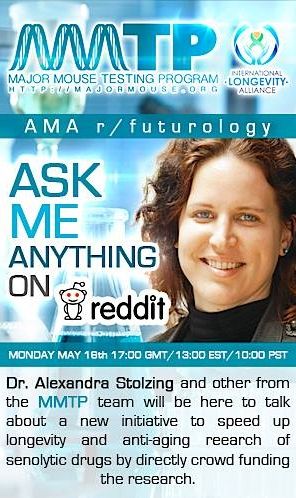
Monday May 16th 17:00 GMT 13:00 EST 10:00 PST r/futurology.
The Major Mouse Testing Program is an ambitious project of the International Longevity Alliance, seeking to speed up scientific progress in the field of regenerative medicine and bio-gerontology. After ILA experts conducted an analysis of bottlenecks preventing the development of life extension technologies, it was revealed that one of these bottlenecks is the deficiency of robust animal data for the potential of different compounds to promote health and extend maximum lifespan. Without this data promising interventions cannot enter clinical trials and become available to the general public.
The ILA decided to initiate a fundraising program to fund a series of these high-risk studies: Major Mouse Testing Program. We are currently running a crowdfunding campaign for the first experiment to test a combination of Senolytics. They have been shown to help seek out and destroy senescent “death resistant” cells and improve various aspects of health. We wish to see if Senolytics are able increase maximum lifespan in addition to healthspan promotion. We have big plans for the future with combination testing of senolytics, stem cells and more to help speed up scientific progress. So go ahead ASK US ANYTHING!
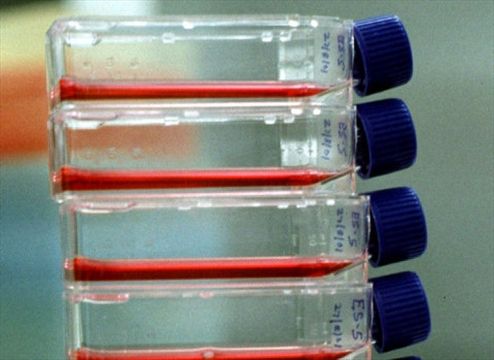
KITCHENER — Big jumps in life expectancy will begin in as little as 10 years thanks to advances in nanotechnology and 3D printing that will also enable wireless connections among human brains and cloud computers, a leading futurist said Thursday.
“In 10 or 15 years from now we will be adding more than a year, every year, to your life expectancy,” Ray Kurzweil told an audience of 800 people at Communtech’s annual Tech Leadership conference.
Kurzweil, a futurist, inventor and author, as well as a director of engineering at Google, calls this “radical life extension.”
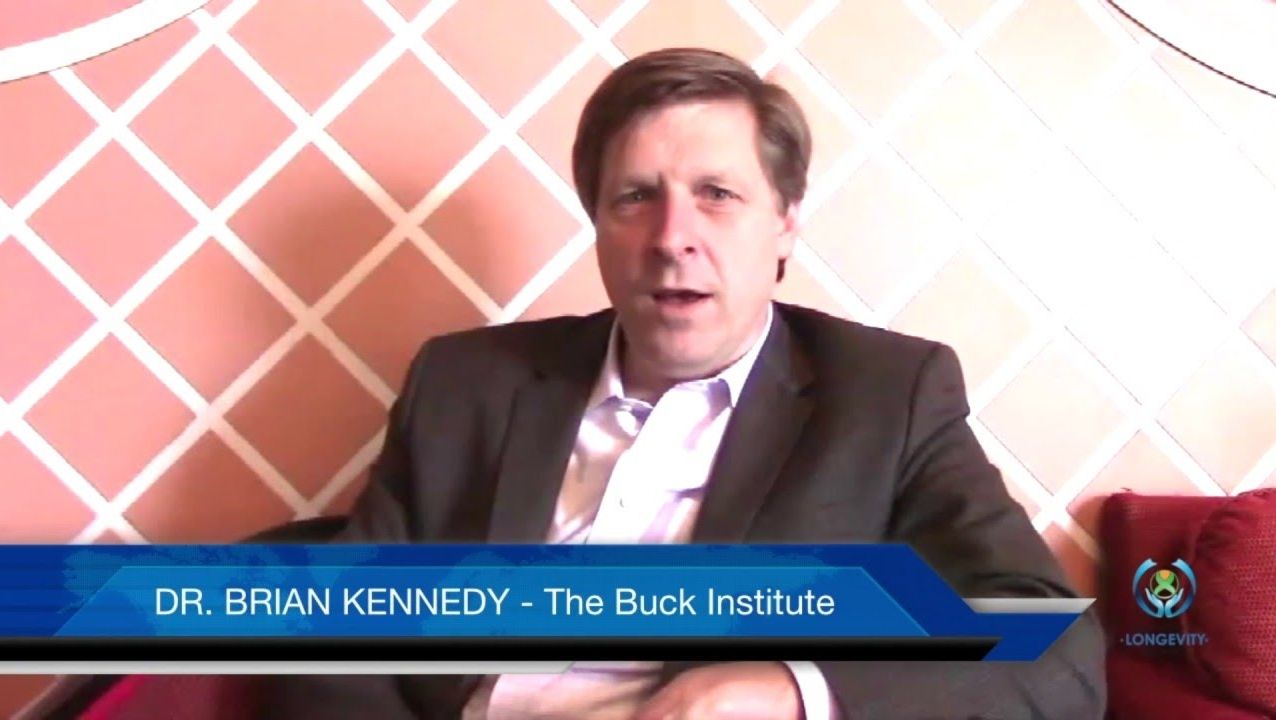
Crowdfunding Campaign: https://www.lifespan.io/campaigns/the-major-mouse-testing-program/
We are testing a combination of compounds which clear out dysfunctional cells in the body, called Senolytics, to see if we can extend maximum lifespan and healthspan in mice. Please subscribe, share, and fund our Lifespan.io campaign today!
MMTP — Major Mouse Testing Program.
http://majormouse.org
Is a project by the International Longevity Alliance.
http://longevityalliance.org
Subscribe: https://www.youtube.com/user/LifespanIO
—

The community has the power to direct science and we no longer have to accept the traditional path of state funded science. We have the power to choose the direction science takes!
The cadence of SENS rejuvenation research fundraising this year will be a little different from that of past years. There will be more groups involved and more smaller initiatives running through existing crowdfunding sites for a start. The first of these fundraisers for 2016 has launched at crowdfunding site Lifespan.io, and is definitely worthy of our support. The Major Mouse Testing Program is a new non-profit group of researchers and advocates, who have spent the last six months making connections and laying the groundwork to run more animal studies of SENS-relevant prototype therapies focused on health and life span. This is an important gap in the longevity science community as it exists today: consider the painfully slow progress in organizing animal studies in senescent cell clearance over the past five years, for example. Given more enthusiasm and more funding, that could have happened a lot faster. Consider also that the research mainstream — such as the NIA Interventions Testing Program — carries out very few rigorous health and life span studies of potential interventions for aging in mice, and of those almost none are relevant to the SENS approach of damage repair, the only plausible path to radical life extension within our lifetimes.
Animal studies are vital; not just one or two, here or there, but a systematic approach to generating rigorous supporting data, establishing dosage, and uncovering unexpected outcomes. The Major Mouse Testing Program can do a great deal to fill this gap for our community, and has the potential to be an important supporting organization for the SENS Research Foundation, for startups working on SENS technologies such as Oisin Biotechnologies, and for labs involved in SENS research. The more diversity the better. The only thing that the Major Mouse Testing Program lacks today is the initial funding and support that we can provide to give them a good start on their plans for the future. With clever organization, a non-profit organization allied with established labs can carry out solid animal studies at a cost low enough for people like you and I to fund the work via fundraisers, and that is exactly what we should do.
I have stepped up to donate to this first fundraiser for the Major Mouse Testing Program, and I hope that you will too. This is a useful, needed initiative, the people involved are solid members of the community, doing the right thing, and pulling together the right networks, and they deserve our support. This first crowdfunding initiative is focused on expanding animal studies of drug-based senescent cell clearance approaches, in collaboration with existing groups that are working in this field. Remember, however, that this isn’t just about setting up one set of experiments. This is the first step in building out an organization that can help greatly in the years to come, as the field of potential rejuvenation treatments expands, and the need grows for the non-profit groups in our community to specialize and diversify.

A documentary film just had its premiere at the Hot Docs festival in Toronto. How To Build A Time Machine, the work of filmmaker Jay Cheel, is a strange and incoherent little document of two middle-aged men with loosely related obsessions: One of them wants to build a perfect recreation of a movie prop – the machine from the 1960 movie The Time Machine, based on the H.G. Wells novel – and the other is a theoretical physicist who thinks he may have effected a kind of time travel in a lab, on a microscopic scale, using lasers that push particles around. The weak connection between the two men is that they both regret a death in their past – a best friend, a father – and are preoccupied with what they might have done to prevent the death; they both wonder if time travel to the past might have been a remedy for death itself. (Compared to the protagonist of Zero K who seeks immortality as a way of avoiding the loss of a loved one.) The 80s synthpop song Forever Young by Alphaville booms symbolically at one point.
Why this sudden ascendancy of yearning for immortality now? Is it simply because immortality of a medical sort might be imminent, a result of technological advances, such as nanobots, that will fight disease in our bloodstream? Or is it because, as Ray Kurzweil implies, digital technology is now so advanced that we have already left our bodies behind? We already live outside them, and our digital selves will outlive them. (“I mean,” says Kurzweil, “this little Android phone I’m carrying on my belt is not yet inside my physical body, but that’s an arbitrary distinction.”)
The frequently quoted axiom of Arthur C. Clarke – “Any sufficiently advanced technology is indistinguishable from magic” – is pertinent to this current fascination with life without end. We are now perceiving technology as not just magic but as god-like, as life-giving, as representing an entirely new plane of being.

Chinese technology giant Huawei is preparing for a world where people live forever, dead relatives linger on in computers and robots try to kill humans.
Huawei is best known as one of the world’s largest producers of broadband network equipment and smartphones. But Kevin Ho, president of its handset product line, told the CES Asia conference in Shanghai on Wednesday the company used science fiction movies like “The Matrix” to envision future trends and new business ideas.
“Hunger, poverty, disease or even death may not be a problem by 2035, or 25 years from now,” he said. “In the future you may be able to purchase computing capacity to serve as a surrogate, to pass the baton from the physical world to the digital world.”